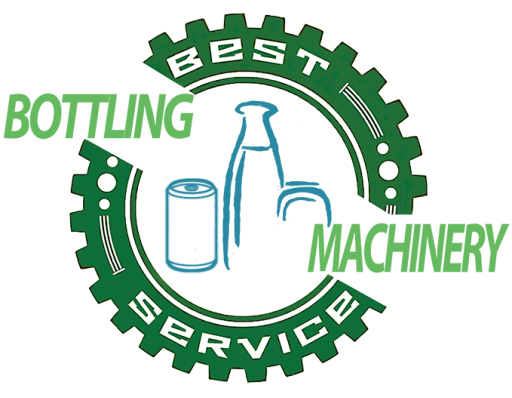# water purification and bottling plant cost with Plant Design
Understanding Water Purification Systems
Water purification systems play a crucial role in ensuring the safety and quality of bottled water. These systems employ various processes such as filtration, reverse osmosis, and ultraviolet (UV) treatment to remove contaminants from water. The design of a water purification plant should be tailored to meet specific quality standards and production capacities, taking into account factors such as local water quality and regulatory requirements.
In a typical water treatment system, the initial stage involves pre-filtration to eliminate larger particles. This is followed by advanced filtration techniques that remove smaller impurities. Reverse osmosis is often employed to further purify the water, ensuring that dissolved salts and harmful microorganisms are eliminated. Finally, UV treatment can be used as a final step to disinfect the water, making it safe for bottling.
The cost of setting up a water purification system can vary significantly based on the technology used and the capacity of the plant. Companies must consider not only the initial investment but also the operational costs associated with energy consumption, maintenance, and potential upgrades to comply with changing regulations.
Designing an Efficient Bottling Plant
When designing a bottling plant, several key components must be considered to ensure efficiency and productivity. The layout should facilitate a smooth workflow, from water purification to bottling and packaging. This includes integrating essential machinery such as bottle blow molding machines, filling machines, and labeling machines.
For more product details, please click: https://fillingbottling.com/product-category/product/ Bottle blow molding machines are vital for producing custom bottles from plastic preforms. They operate by heating the preform and then inflating it to form the desired shape. This process not only reduces manufacturing costs but also allows for flexibility in bottle design, catering to varying market demands.
Next, filling machines play a critical role in the bottling process. Depending on the type of product, whether it’s water, juice, or carbonated drinks, different filling technologies may be required. For example, gravity filling is suitable for water, while pressure filling is ideal for carbonated beverages. Incorporating high-speed filling machines can significantly enhance production rates and minimize downtime, providing a competitive edge in the market.
Operational Costs and Return on Investment
Understanding the operational costs associated with running a water purification and bottling plant is essential for assessing the return on investment (ROI). Key factors include energy consumption, labor costs, maintenance expenses, and raw material procurement. Implementing energy-efficient technologies and optimizing workflows can lead to substantial savings over time.
Additionally, regular maintenance of machinery, such as bottle unscramblers and capping machines, is crucial to avoid unexpected breakdowns that can disrupt production. Investing in high-quality equipment from trusted manufacturers can reduce long-term maintenance costs and improve overall efficiency.

Finally, businesses should consider the potential revenue generated from bottled products. As consumer demand for bottled water and beverages continues to rise, a well-designed and efficiently operated plant can lead to significant profits. By strategically planning the plant design and selecting the right machinery, companies can position themselves for success in the competitive beverage market.
By focusing on innovative solutions and maintaining high standards, we at [Your Company Name] are committed to providing state-of-the-art machinery that meets the diverse needs of our clients. Contact us today to learn more about our products and how we can support your business in the bottled beverage industry.
